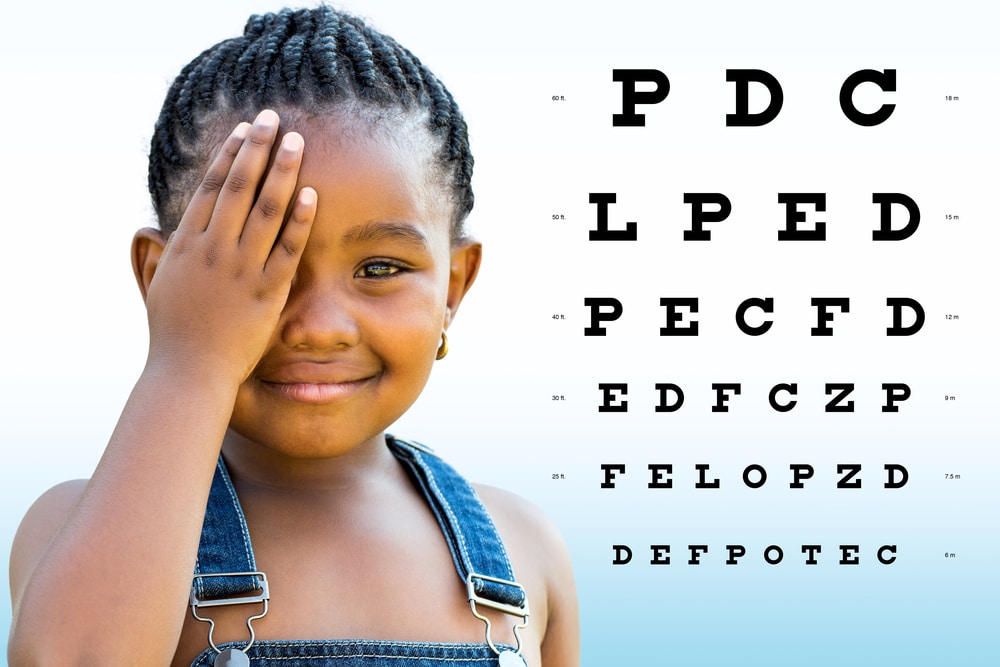You might think it’s simple to get a great pair of glasses for your child — particularly if they’re unfussy about such things — but unfortunately, you’d be wrong. Just as with buying adult glasses, choosing glasses for a child can be a time consuming process due to the need to make a lot of considerations that relate to elements like function, benefits, features and looks. To give you a rough idea of where to start, in this article we take a look at what you need to consider when finding the perfect pair of glasses for your child.
Invest in glasses that can stand up to trouble.
If you’re in the process of getting your little one their very first pair of glasses, be prepared to wade through dozens of options before you find the right pair. Although asking your optometrist in Melbourne for advice can yield some great tips, a lot of the considerations you’ll need to make should be made beforehand to ensure you’re well prepared to ask the right questions. Perhaps the best place to get started is with ensuring that the glasses you go for have a good amount of durability — kids aren’t the most careful creatures, and playtimes can very quickly get rough (particularly if they’re a highly energetic boy), so ensuring that the glasses you opt for can stand up to abuse is wise. Most children’s glasses can be purchased with a scratch-proof coating to prevent the lenses from getting damaged too quickly, but you might have to look a little bit harder to find frames with hinges that are flexible, as these will be very useful for children who like to leave their things lying around where they shouldn’t.
Safety first!
Safety should also be a big consideration when finding a new pair of frames for children. In addition to safety issues being caused by many of the reasons we already listed, children during their developmental years are particularly vulnerable to eye injuries, so any measures you can take to prevent such an occurrence would be beneficial. One of the easiest things you can protect your children’s eyes against is harmful ultra-violet and blue-violet light, but because not all prescriptions and lenses automatically come with this option it’s usually a good idea on your part to follow up. If you only manage to get your hands on one pair of these special lenses and need two pairs of glasses for your child, it’s never a bad to use the UV-protected pair in instances where you child might go outside and save the other pair for when they’re inside. If you want a “do everything” style of glasses for your child, a pair of transition lenses are designed to change according to light, complementing any situation your child might find themselves in.
Don’t forget about the fit.
Although the things we’ve listed are important, ensuring the glasses fit your child should not be something that is forgotten — after all, a pair of poorly fitting glasses will likely just fall off your child at some point and break. Glasses that fit well will sit firmly on the bridge of the nose, but they will never pinch. When it comes to the arms, they should sit over the ears without squeezing the sides of your child’s head.








Reply